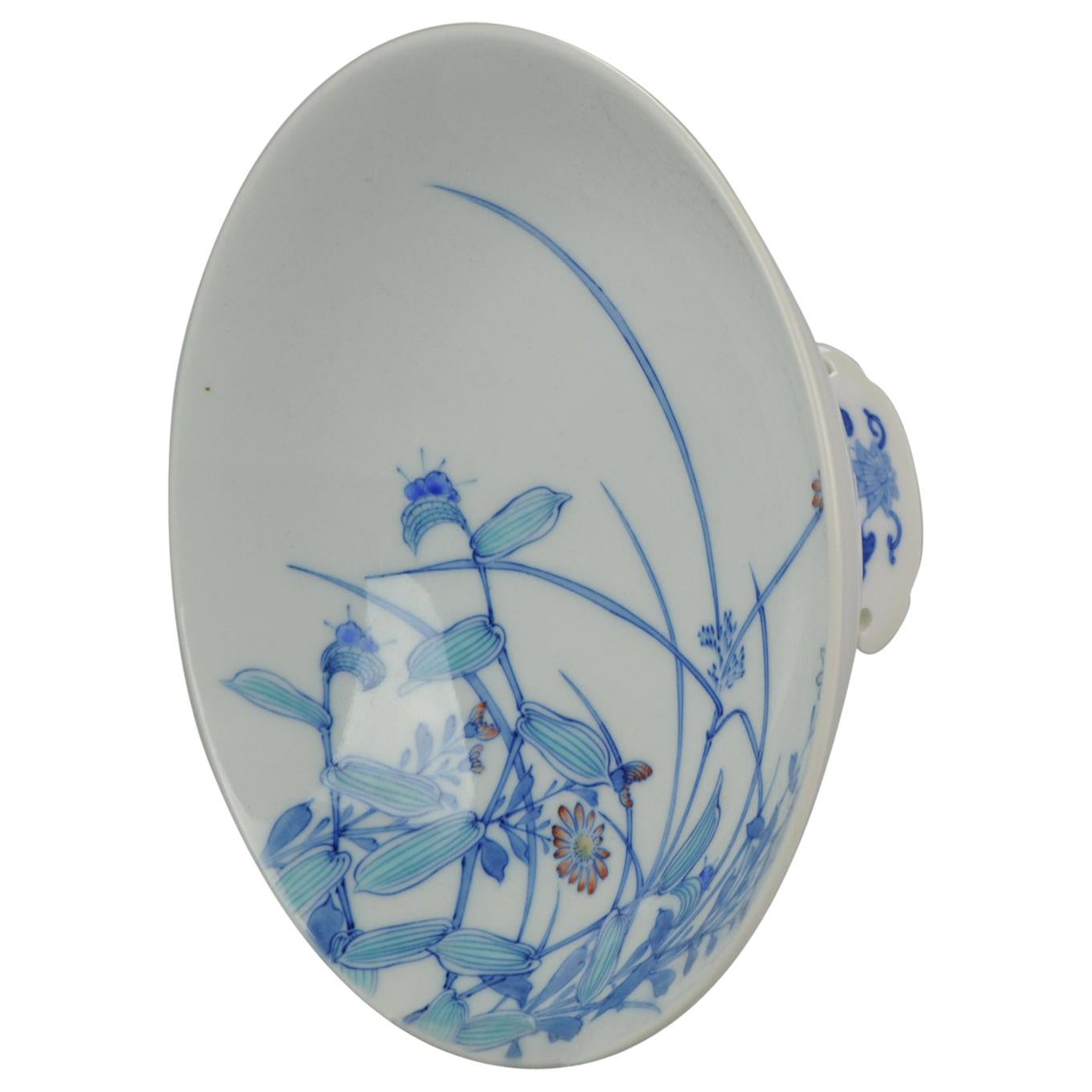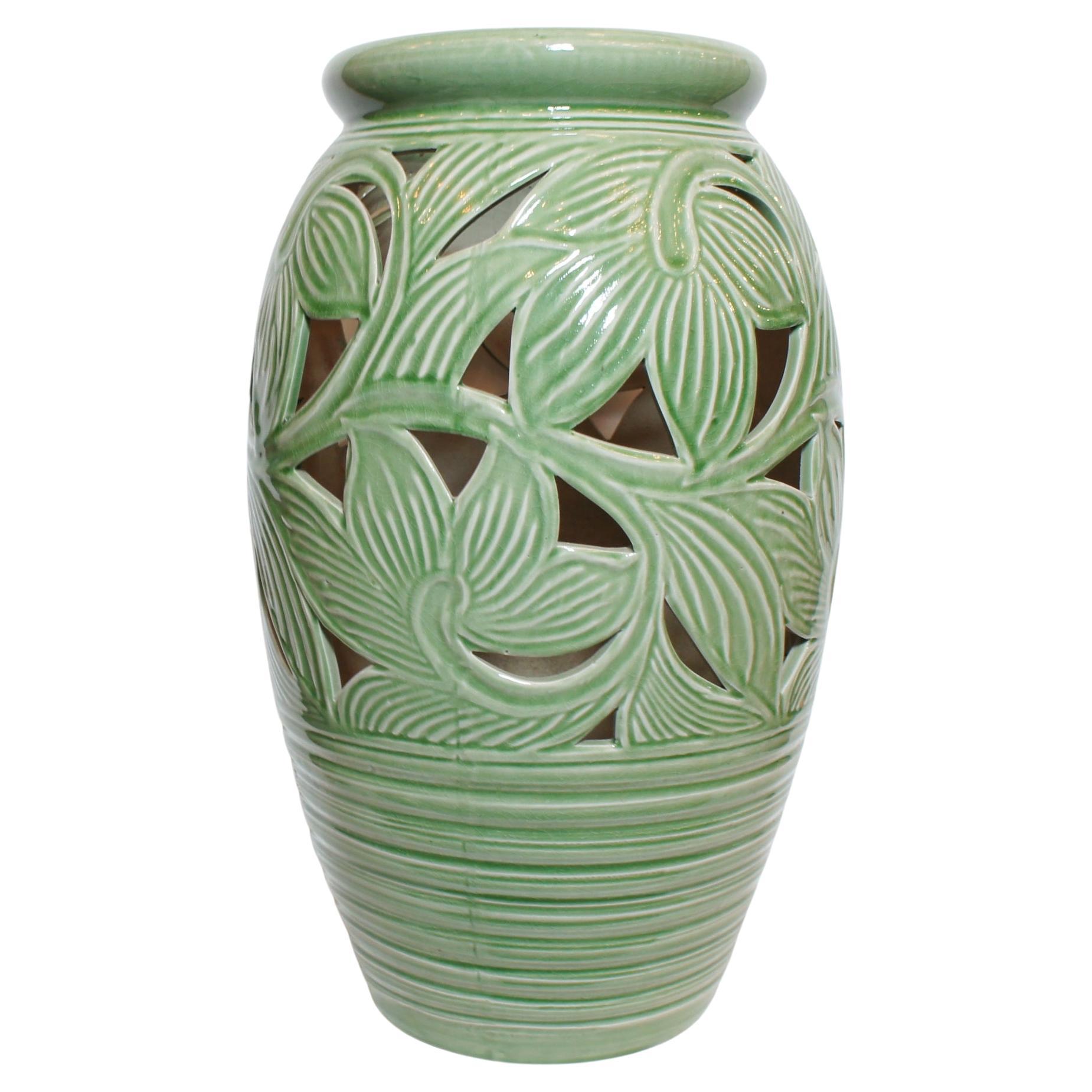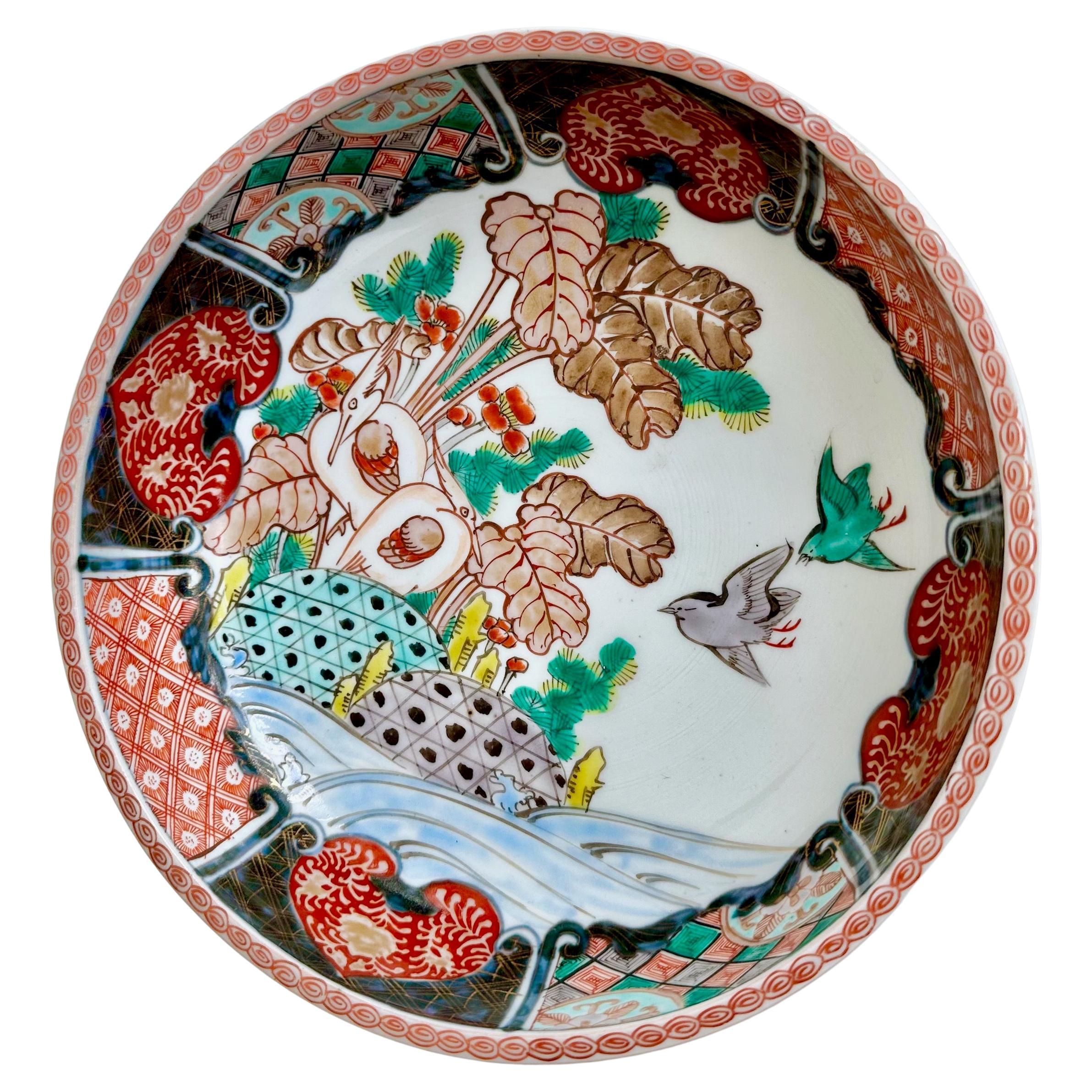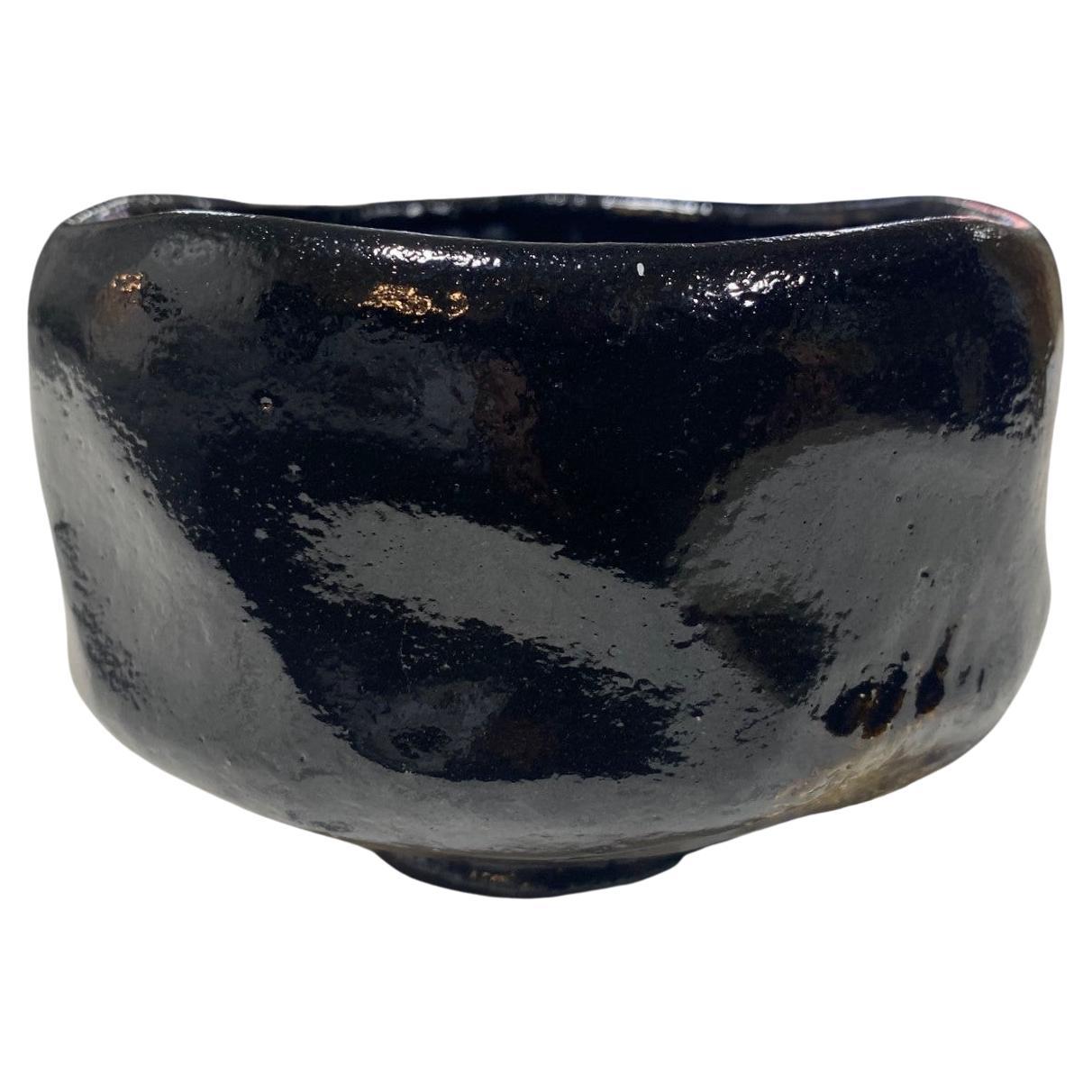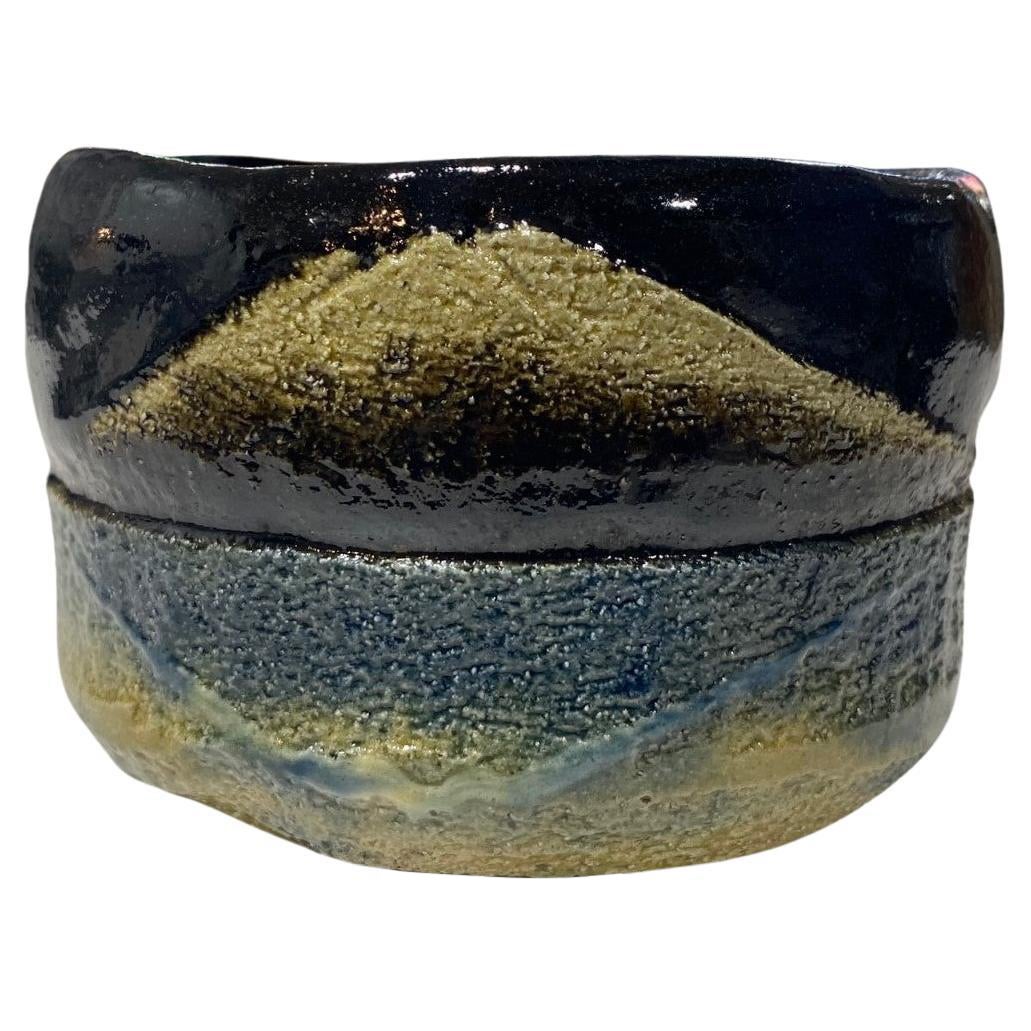Items Similar to Japanese Porcelain Flowers Bowl Koudaiji Raku Ware 1970s
Want more images or videos?
Request additional images or videos from the seller
Japanese Porcelain Flowers Bowl Koudaiji Raku Ware 1970s
About the Item
This is a bowl which was made with porcelain. It will come with a wooden box.
It was made in Showa era around 1970s.
It was made with style Raku (Raku ware) in Koudaiji gama.
Dimensions:
Bowl
14 x 14 x H6 cm
Box
17 x 17 x H9.5 cm
- Dimensions:Height: 2.37 in (6 cm)Diameter: 5.52 in (14 cm)
- Style:Showa (Of the Period)
- Materials and Techniques:
- Place of Origin:
- Period:
- Date of Manufacture:1970
- Condition:It is in good condition but as it is an old item, you may find some scratches.
- Seller Location:Paris, FR
- Reference Number:1stDibs: LU6325235647762
About the Seller
No Reviews Yet
Vetted Seller
These experienced sellers undergo a comprehensive evaluation by our team of in-house experts.
1stDibs seller since 2022
25 sales on 1stDibs
Typical response time: 19 hours
- ShippingRetrieving quote...Ships From: Paris, France
- Return PolicyThis item cannot be returned.
More From This SellerView All
- Japanese Porcelain Green Umbrella Stand 1970sLocated in Paris, FRThis is an umbrella stands which was made in Japan around 1970 in showa era. It is made with porcelain. The colour of this umbrella stand is light green and it has some leaves motif....Category
Late 20th Century Japanese Showa Ceramics
MaterialsPorcelain
- Japanese Porcelain Sake Bottle 1970s Kutani WareLocated in Paris, FRThis is a sake bottle which is called 'tokkuri' in Japanese. This tokkuri is made with porcelain and it is hand painted. It was made in Showa era around 1970s. The design is the land...Category
Late 20th Century Japanese Showa Pottery
MaterialsPorcelain
- Japanese Flower Vase Porcelain Shigaraki Ware 1970s Showa EraLocated in Paris, FRThis is a flower vase or a pot made with Shigaraki style (Shigaraki ware/ Shigaraki-yaki) in Shiga prefecture (in Japan) and made around 1970s (in Showa...Category
Vintage 1970s Japanese Vases
MaterialsPorcelain
- Japanese Antique Matcha Bowl Hagi Ware 1970sLocated in Paris, FRThis is a matcha bowl which we use for tea ceremony. This bowl was made around 1970s in Showa era in Japan. The style of this bowl is Hagi. Hagi ware/ H...Category
Vintage 1970s Japanese Tea Sets
MaterialsPorcelain
- Japanese Antique Flower Vase Tokoname Ware 1970sLocated in Paris, FRThis is a flower vase made around 1970s and with style Tokoname. Tokoname-yaki (Tokoname ware) is a type of Japanese pottery, stone ware and ceramics,...Category
Vintage 1970s Japanese Vases
MaterialsPorcelain
- Antique Japanese Blue Imari Ware Plate 1920sLocated in Paris, FRThis is a plate which was made in Japan in Taisho era (around 1920s). It was made with Imari yaki technnique. This imari plate is made by Gekkyuu, there is a signature on the plate...Category
Mid-20th Century Japanese Taisho Ceramics
MaterialsPorcelain
You May Also Like
- Fantastic Japanese Porcelain Bowl Nabeshima Flowers Japan Marked BaseLocated in Amsterdam, Noord HollandA very nice and beautiful bowl. Medium size. With a stunning scene of flowers Exquisite Nabeshima bowl The Nabeshima kilns were the earliest makers of porcelain in Japan and the clan's artisans have continued their excellence for nearly 400 years. Nabeshima ware...Category
20th Century Japanese Showa Ceramics
MaterialsEarthenware
- Antique Japanese Shino Ware Chawan Tea BowlLocated in Atlanta, GAOn offer is a Japanese ceramic tea bowl (chawan) used in the traditional chado ceremony. The bowl was potted in clog form with a ring foot shaved extremely low. Its size and harmonious proportion make it perfect to be held in both hands during chado. Classified as shino ware...Category
Antique 18th Century Japanese Edo Ceramics
MaterialsCeramic
- Japanese Imari Porcelain BowlLocated in Palm Springs, CAHand painted porcelain Japanese Imari bowl with birds, leaves and floral motif.Category
Early 20th Century Japanese Ceramics
MaterialsPorcelain
- Sasaki Shoraku III Signed Japanese Raku Pottery Chawan Tea Bowl with Signed BoxLocated in Studio City, CAA wonderful Raku-fired pottery Chawan tea bowl by a renowned Japanese pottery master and one of Kyoto’s most prominent and best-known Raku-yaki potters Sasaki Shoraku III (1944- ). The work features a beautifully contoured body and dark rich glaze. The Shoraku line began when the grandfather of the current potter established a kiln near the famous Kiyomizu Temple, nestled at the foot of the eastern mountains...Category
20th Century Japanese Showa Ceramics
MaterialsPottery
- Sasaki Shoraku III Signed Japanese Raku Pottery Chawan Tea Bowl with Signed BoxLocated in Studio City, CAA wonderful Raku-fired pottery Chawan tea bowl by a renowned Japanese pottery master and one of Kyoto’s most prominent and best-known Raku-yaki potters Sasaki Shoraku III (1944- ). The work features a beautiful image of Mount Fuji which is molded on the body. The Shoraku line began when the grandfather of the current potter established a kiln near the famous Kiyomizu Temple, nestled at the foot of the eastern mountains...Category
20th Century Japanese Showa Ceramics
MaterialsPottery
- Kichizaemon Raku Seinyu XIII "13th" Signed Antique Japanese Raku Chawan Tea BowlLocated in Studio City, CAA wonderfully glazed, impeccably made Chawan tea bowl by famed Japanese master potter the 13th Kichizaemon Raku, Seinyu (1887-1944) who was the eldest son of Konyu - the 12th Kichizaemon of the Raku family line of potters - known as the most noted and celebrated tradition of pottery within the world of Japanese tea. Kichizaemon Raku was the 13th master to carry on the family's esteemed name and tradition. The bowl features shifting textures and deep, rich colours which radiate in the light. The term "Raku" was derived from the site where clay was dug in Kyoto in the late 16th century. The Kanji character for Raku translates to "enjoyment" or "fun/delightful" For 15 generations it has been the title and seal used by a lineage of potters whose work formed the central tradition in Japan. This lineage believes that 'Raku' refers to the potters who use the technique, not the technique itself. In the 16th century, the first of these potters, Chojiro is said to have come under the patronage of the Japanese tea master, Sen-No-Rikyu. According to legend, in 1598 a few years after Chojiro's death, ruler, Hideyoshi Toyotomi bestowed upon his adopted son, Jokei, a golden seal with the written symbol "Raku." Both the name and the ceramic style have been passed down through the family to the present ever since. The name and the style of ware have become influential in both Japanese culture and literature. Raku ware marked an important point in the historical development of Japanese ceramics, as it was the first ware to use a seal mark and the first to focus on close collaboration between potter and patron. Other famous Japanese clay artists...Category
Early 20th Century Japanese Meiji Ceramics
MaterialsCeramic
Recently Viewed
View AllMore Ways To Browse
1970s Japanese Furniture
Chinese Peonies Scrolls
Chinese Qing Kangxi Mark
Blanc De Chine Cup
China Art Terracotta
Imari Dragon Bowl
Joseon Tea Bowl
Porcelain Geisha Figure
Chinese Wanli Porcelain
Lark Mason
Porcelain Chinese Dragon Statue
Retro Sake Jug
Satsuma Vase Thousand Flowers
Wide Mouthed Crystal Jar
Jade Maidens
Vintage Mudman
Ying Li
Zhongguo Zhi Zao
